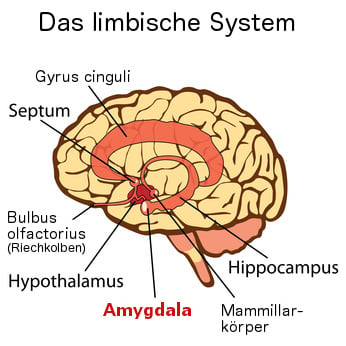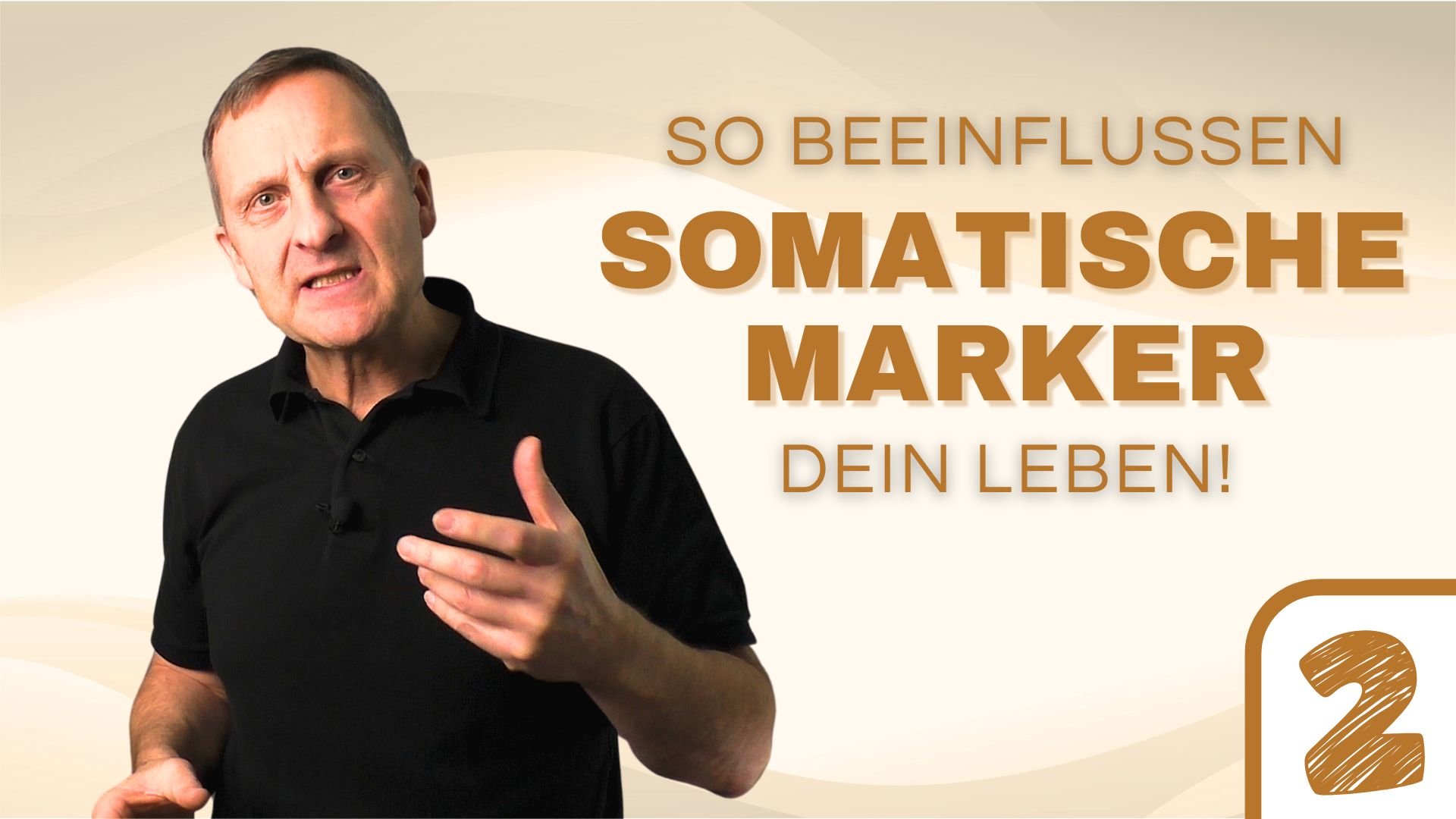How do anxiety reactions arise and what are the triggers?
 Can a butterfly cause fear in us? Most of us would say no. And yet, smaller insects manage to frighten many people. Well known, for example, is the fear of spiders and anything that looks like them. For some, just the thought of an arachnid is enough to feel the fear response in their own body.
Can a butterfly cause fear in us? Most of us would say no. And yet, smaller insects manage to frighten many people. Well known, for example, is the fear of spiders and anything that looks like them. For some, just the thought of an arachnid is enough to feel the fear response in their own body.
How can something so “tiny” and in many cases harmless do something so “powerful”? Because powerful is often the emotional reaction that we feel as fear within us.
This is usually how it is with our fears: even a small and inconspicuous stimulus (trigger) can cause a strong fear response in a person. What is particularly noteworthy here is that that fear trigger may only be able to evoke a mild emotional response in another person; and fear certainly not. Our fears are extremely subjective. Which probably stems from the fact that our life experiences are vastly different.
In order to understand how anxiety arises in an individual or even develops into a disease that cannot be overcome on its own, it is helpful to understand the exact causes. So how do we develop our fears and why do we find it difficult to get rid of them?
Mowrer and his two-factor theory of anxiety
In his two-factor theory of anxiety, U.S. psychologist Orval Hobart Mowrer postulated in 1947 that fears are
- are acquired as a result of classical conditioning and
- be maintained through operant conditioning.
Classical conditioning states that an originally neutral stimulus (e.g., dental treatment) becomes a fear-inducing stimulus when it occurs simultaneously with a negative event (for example, in the worst case, a traumatic experience). In the next step, the affected person tries to reduce his anxiety through certain behaviors. For example, a visit to the dentist is avoided (avoidance). Also, the teeth are cleaned particularly thoroughly to avoid the need for such a visit. This process is then called operant conditioning.
The extremely negative aspect of this process is that, as a result of this avoidance behavior, those affected will never again be able to experience that, in the vast majority of cases, nothing bad happens during dental treatment. This is because those affected avoid any situation that they experience as frightening. The link between the negative experience, which will be remembered in the future with unpleasant physical reactions, and the triggering stimulus is established here in the brain, more precisely in the amygdala. A very important role in the learning of fear is played by somatic markers, with the help of which the amygdala creates a kind of body memory. The amygdala is considered the emotional center of our fear. Also known as the amygdala, it is particularly responsible for the development and control of anxiety behavior.
What individual causes the fear may have
According to behavioral approaches, anxiety is assumed to be an underlying learned behavior. Such a learned behavior is present if the visit to the dentist was extremely painful or if a small child falls from a great height, hurts himself and from then on suffers from extreme fear of heights. The child will avoid high altitudes in the future. This is because those affected react quickly by avoiding anxiety-provoking situations.
In addition, the risk increases that the affected person now has a labile vegetative nervous system with regard to his fear, which reacts particularly violently and quickly to key stimuli (heights of any kind). Thus, negative associations are unintentionally created, which can develop the former experience of falling into a fear of all situations in which the affected person might be confronted with heights (even if they are only slight).
Thus, any event that is accompanied by strong negative emotional arousal and a feeling of being overwhelmed can act as a key anxiety-provoking stimulus (trigger) in the future. These include, but are not limited to
- threatening conflicts
- Stress and overload
- Sorrows and worries
- Mourning
- Debt
- Shame
- Traumas
Each person’s life story is unique, so are their experiences. And the resulting fears, which are supposed to warn and protect us from danger, often overshoot the mark. So the question is, are our fears functional or are they limiting us? Restrictive fears are often part of everyday life, a pathological expression is usually still far away. And the restriction results in mental blocks that prevent us from living our lives as freely and excitingly as we dream.
More about the fear center called amygdala

Fear: How the amygdala controls our fears
What processes in the brain trigger the fear Quite a few people harbor fear of certain situations. Although a fear reaction can have different causes, the different fears have one

Fear: How the amygdala controls our fears
What processes in the brain trigger the fear Quite a few people harbor fear of certain situations. Although a fear reaction can have different causes, the different fears have one












